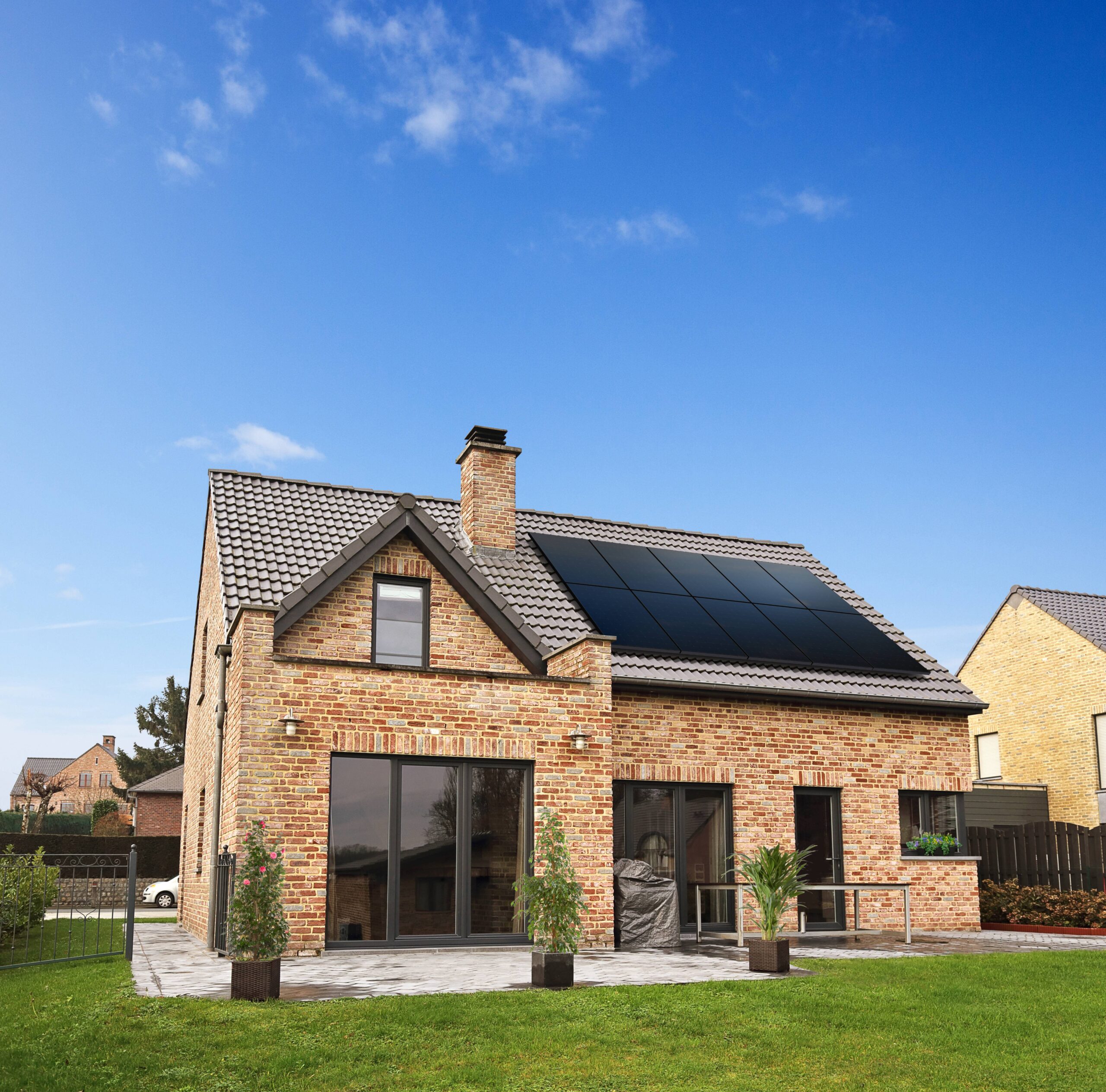
01 Oct Single Phase Inverter in a 3 Phase site (1Ph to 3Ph)
 A single-phase solar inverter typically operates within a single-phase electrical system, which means it converts the direct current (DC) generated by solar panels into alternating current (AC) for use in homes or businesses.
A single-phase solar inverter typically operates within a single-phase electrical system, which means it converts the direct current (DC) generated by solar panels into alternating current (AC) for use in homes or businesses.
When it comes to integrating this inverter into a three-phase system, there are a few key concepts to understand:
1. Basic Operation of Single-Phase Inverter
- DC to AC Conversion: The inverter converts the DC output from the solar panels into AC power, synchronized with the grid frequency (typically 50Hz or 60Hz).
- Output: The inverter provides power on one phase (usually L1) of the electrical system.
2. Connection to Three-Phase Systems
- Single Phase Output: A single-phase inverter can only feed power into one of the three phases. For example, if the inverter is connected to phase L1, it will supply power only to that phase.
- Load Balancing: To balance the load across all three phases, you might need to strategically place multiple single-phase inverters. This way, each inverter can connect to a different phase (L1, L2, or L3) or spread out the generation among them.
3. Usage in Three-Phase Systems
- Common Applications: In residential settings, where single-phase service is standard, a single-phase inverter works well. In larger commercial or industrial applications, multiple single-phase inverters might be installed to cover all three phases.
- Inverter Grouping: By using multiple single-phase inverters, each connected to a different phase, you can effectively harness solar energy across all three phases, distributing the load and generation evenly.
4. Grid Interaction
- Net Metering: When connected to the grid, any excess power generated by the solar system can be fed back, often leading to credits on electricity bills. Each inverter’s output is typically monitored and managed by the grid to maintain stability.
- Phase Coordination: Grid-tied systems will synchronize the output from the inverters with the grid phases to ensure proper functioning and prevent issues like phase imbalances.
- This meter is programmed so that it records the consumption across all three phases before it sees any solar power as surplus. The meter reconciles the three phases and records your total usage as one total before recording any excess solar power.
5. Benefits and Considerations
- Cost-Effectiveness: Single-phase inverters can be less expensive and simpler to install compared to three-phase inverters, making them an attractive option for smaller installations.
- Installation Flexibility: They offer flexibility in installation, especially in residential areas where three-phase supply may not be available.
- Monitoring and Control: Modern inverters often come with smart features to monitor performance and allow for better energy management.
Conclusion
While a single-phase inverter operates within a single-phase electrical system, it can effectively contribute to a three-phase environment through:
- A strategic deployment of multiple units. This approach helps in managing load balancing and optimizing the use of generated solar power across all phases.
- The Retailer meter reconciles the three phases and records your total usage as one total before recording any excess solar power. So for billing purposes the net energy number is captured and single or 3 phase inverter wont matter.


Sorry, the comment form is closed at this time.